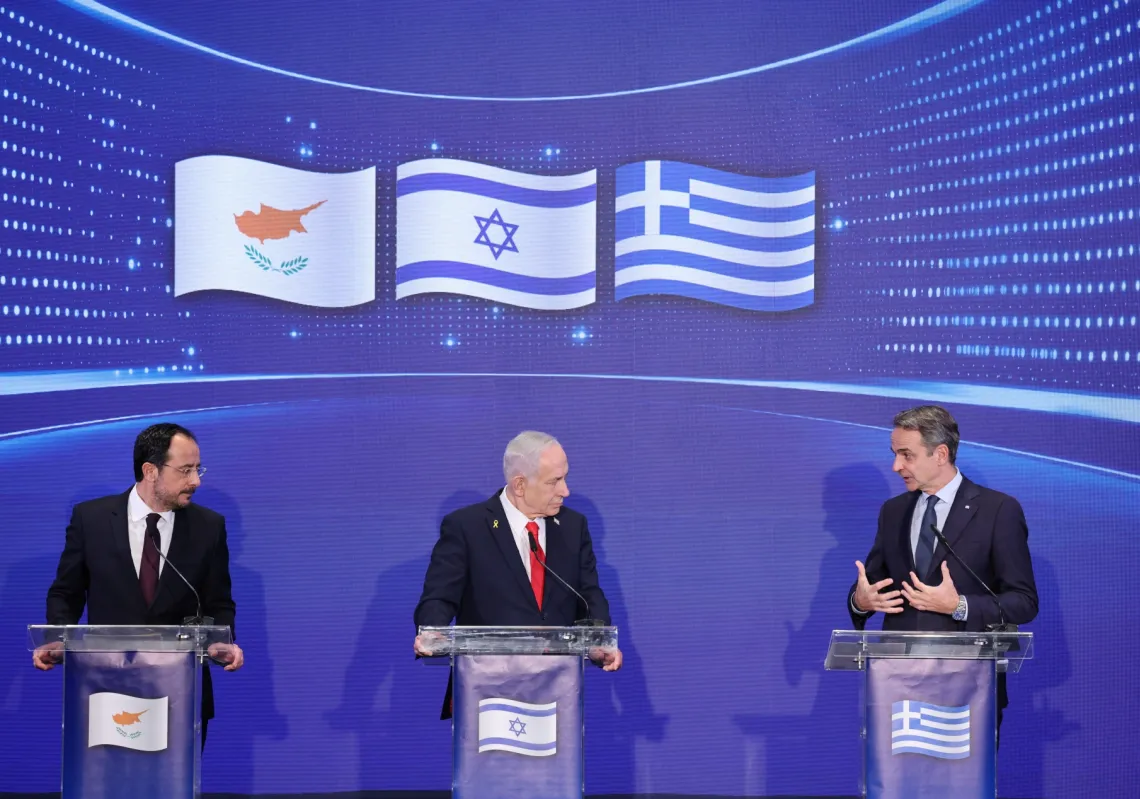Wars are messy. Deriving clear lessons from them as a result is a challenging proposition.
Nonetheless, since World War II, there are frequent examples of a truism now seemingly playing out once again in Gaza: powerful nations overwhelming weaker opponents with massive military might but ultimately becoming mired down or even defeated in the extended term because of either a lack of clear strategic goals or the pursuit of unattainable ones.
The power differential involved fuels a hubristic tendency of the strong to focus on short-term tactics and not on the overall ability to achieve a strategic victory in the long run. Often, there is a tendency to conflate tactics with strategy or to assume tactics can overcome a weak or absent strategy.
US Secretary of State Lloyd Austin stressed this point in December when he warned Israel about falling into this trap as it pursues its war on Gaza: “In this kind of a fight, the centre of gravity is the civilian population,” he said. “And if you drive them into the arms of the enemy, you replace a tactical victory with a strategic defeat.”

Battle of Algiers
An early example of this applies to the French in Algeria in the 1950s and early 1960s. A brutal war occurred as the French government attempted to hold on to its colony of Algeria in the face of decolonisation efforts by the National Liberation Front (FLN).
In violence brilliantly depicted in Gillo Pontecorvo’s 1966 film The Battle of Algiers, the French military used brutal and effective tactics, including torture and murder, to undermine the FLN in Algiers in the short term. Ultimately, however, the French approach was strategically bankrupt and failed to stop Algeria from gaining independence in 1962.














